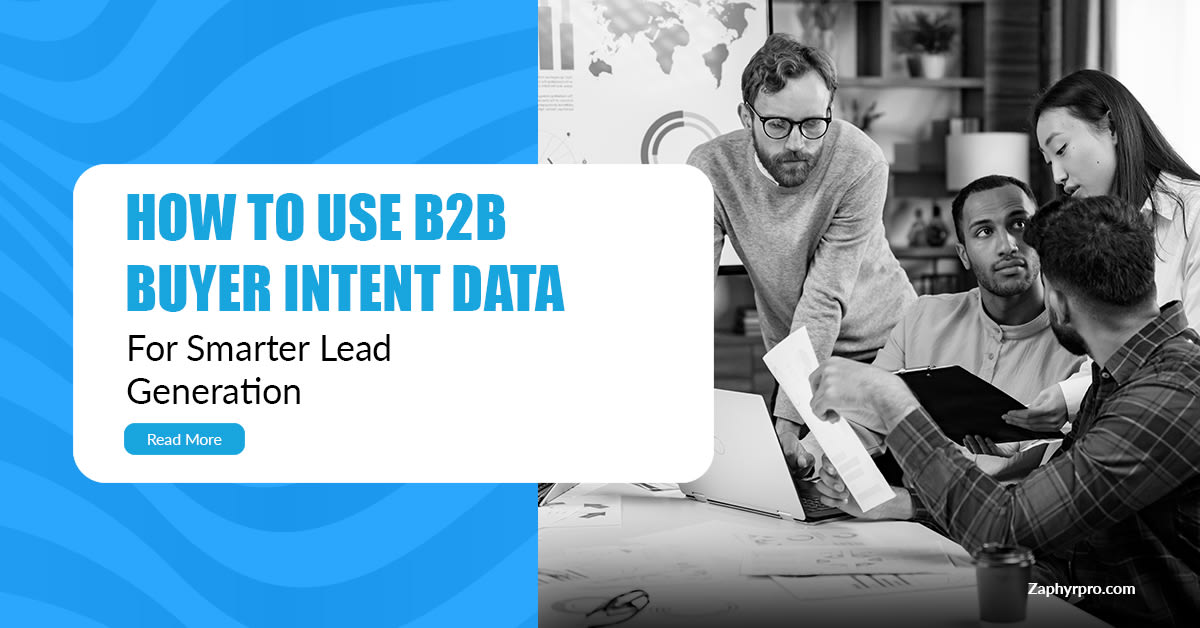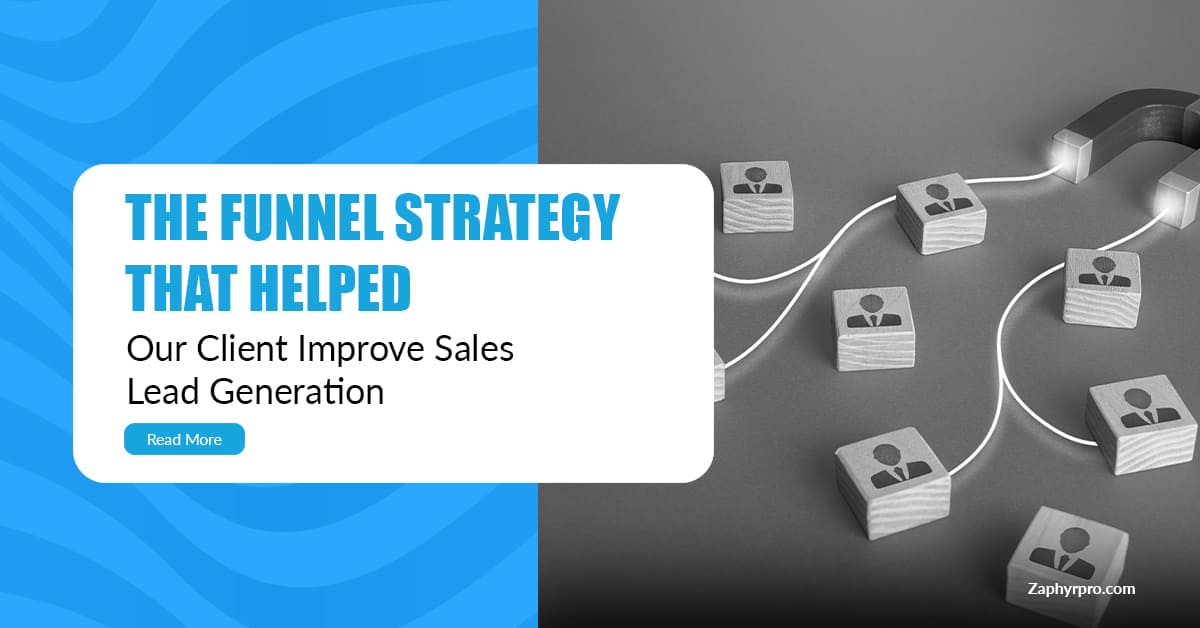In the era of digital marketing, it’s easy to overlook the power of traditional print marketing—especially for B2B (business-to-business) companies looking to drive sales and generate quality leads. However, the truth is that print marketing can be a game-changer for businesses, providing unique opportunities to connect with potential clients, build trust, and drive conversions. When integrated strategically into your marketing plan, print materials can complement your digital efforts, helping your business stand out in a crowded marketplace and boost B2B sales.
In this comprehensive guide, we’ll explore the top print marketing strategies specifically tailored for B2B sales, how they can enhance lead generation, and why integrating print into your overall marketing strategy is essential for long-term business growth.
Why Print Marketing Still Matters for B2B Sales
Before diving into the specific strategies, it’s important to understand why print marketing remains relevant for B2B sales in today’s digital-first world.
- Tangible and Trustworthy: Print materials—brochures, catalogs, and direct mail—provide a physical connection with your audience that digital marketing cannot. Studies show that print is more tangible and trustworthy. When prospects hold a printed brochure or catalog, they feel a sense of commitment from your brand. This tactile interaction can leave a lasting impression, which is crucial when building long-term B2B relationships. For companies looking to create such impactful print materials, working with experts like Titans of Print ensures that every piece stands out and conveys your brand’s professionalism.
- Higher Engagement: Research has shown that people tend to engage more deeply with physical items than with digital ones. In the context of B2B, when decision-makers and procurement officers receive a brochure or printed sales kit, they often pay closer attention to the content. Print allows for more thoughtful, focused reading, which can increase brand recall and awareness.
- Less Cluttered: B2B decision-makers receive an overwhelming amount of emails, digital ads, and online content. In contrast, physical mail and printed materials often stand out, especially when designed creatively. With print marketing, you have the opportunity to cut through the noise and capture your audience’s attention more effectively.
- Better Retention and Recall: Print marketing tends to have better retention rates. Research from the Direct Marketing Association shows that print materials are retained longer than emails or online ads, making them more effective in nurturing leads over time.
Now that we’ve established the importance of print marketing in B2B sales, let’s dive into the top strategies to leverage its potential for boosting lead generation and driving sales.
1. Craft High-Quality Business Brochures and Sales Kits
Brochures and sales kits are cornerstone print materials that can serve as effective tools for conveying your brand’s message and offerings. Unlike the ephemeral nature of digital content, printed brochures provide prospects with something they can physically hold and review at their convenience.
What to Include in Your Brochure or Sales Kit:
- Brand Story and Values: Introduce your company’s mission, vision, and values. Position your brand as a trusted partner by explaining your unique selling propositions (USPs) and what differentiates you from competitors.
- Case Studies and Testimonials: Showcase success stories from satisfied clients, especially those that are relevant to the target industries you’re targeting. Case studies are highly effective in B2B as they build credibility and demonstrate your ability to solve real business challenges.
- Detailed Product/Service Information: Highlight the features and benefits of your products or services. Use compelling visuals and clear language to explain how your offerings help businesses achieve their goals.
- Call to Action (CTA): Every brochure should end with a clear call to action, encouraging prospects to take the next step, whether that’s scheduling a demo, contacting your sales team, or downloading a white paper.
2. Utilize Direct Mail for Targeted Outreach
Direct mail campaigns are one of the most effective print marketing strategies for B2B lead generation. Unlike digital marketing, which often gets lost in inboxes or social media feeds, direct mail has a higher chance of being seen and engaged with.
To make the most of direct mail, it’s essential to ensure that your campaign is highly targeted. You want to send your materials to key decision-makers within companies who are most likely to need your product or service.
Steps for an Effective Direct Mail Campaign:
- Data-Driven Segmentation: Use industry databases and customer profiles to segment your list. Ensure that your mail goes to decision-makers within businesses that would benefit from your offering.
- Personalization: Personalize your mail with the recipient’s name and business details. A personalized letter or note will grab their attention and show that you’ve done your research. This can significantly increase your response rate.
- Offer a Valuable Incentive: Include a special offer, discount, or limited-time promotion in your direct mail. Offering a compelling incentive can encourage businesses to take immediate action, such as booking a consultation or signing up for a demo.
- Track and Measure: Use tracking mechanisms like QR codes or personalized landing pages to measure the effectiveness of your direct mail campaign. This helps you understand what works and optimize future campaigns.
3. Create High-Impact Trade Show Materials
Trade shows are an essential part of the B2B sales landscape, offering opportunities to meet face-to-face with prospects, network with industry peers, and showcase your products. While trade shows are increasingly becoming digital or hybrid events, physical printed materials still play a vital role in making a lasting impression.
Trade Show Print Materials to Focus On:
- Custom Banners and Posters: Use large, eye-catching banners and posters to attract attention to your booth. Make sure your messaging is clear and visually appealing. Incorporating indoor signs for your business into your trade show strategy not only enhances your brand’s visibility but also creates a professional and inviting atmosphere that attracts potential clients.
- Promotional Flyers and Brochures: Have brochures and flyers on hand to distribute to visitors who stop by your booth. Ensure they’re packed with valuable information about your products and services.
- Business Cards: Don’t forget the basics—hand out business cards that are well-designed and easy to remember. These are still one of the most effective ways to exchange information and make connections.
- Giveaways: Branded giveaways like pens, notebooks, or USB drives can be useful for keeping your brand top-of-mind after the event.
Remember, trade show materials are an investment in your business’s visibility. They need to reflect your brand’s professionalism and the high quality of your products or services.
4. Use Catalogs for In-Depth Product or Service Showcase
Catalogs are an excellent way to present your entire product range or service offerings in a comprehensive format. While catalogs are traditionally used for consumer-facing brands, they can be just as effective in the B2B space when you need to showcase a range of solutions or provide detailed information on complex products.
Why Catalogs Work for B2B Lead Generation:
- Comprehensive Product Information: B2B buyers often have very specific needs, and a catalog allows you to provide detailed information on various product specifications, use cases, and pricing options.
- Cross-Selling and Upselling: Catalogs allow you to feature complementary products or services, which can help generate more sales from existing customers. This is particularly important for B2B companies offering a suite of solutions.
- Personalized Content: Use variable data printing to customize catalogs with specific product recommendations based on the customer’s industry or previous interactions with your brand.
5. Leverage Print Advertising in Industry Magazines and Publications
Industry magazines and trade publications remain important channels for B2B marketing. These publications have highly targeted, niche audiences who are interested in industry-specific news, trends, and products. Advertising in these publications can help your business gain credibility and position itself as a leader in your field.
How to Maximize Print Ads in Trade Publications:
- Advertise in Relevant Magazines: Identify trade magazines and publications that cater to your target audience. Whether it’s a specialized manufacturing magazine or a tech publication, ensure that your ad reaches the right people.
- Design Effective Ads: Your print ad should be simple yet powerful. Include a strong headline, a clear call to action, and high-quality visuals. Focus on how your product or service solves a pain point for the target industry.
- Track and Measure Results: While print advertising is more challenging to measure than digital marketing, you can still track its effectiveness through unique promo codes, dedicated landing pages, or specific phone numbers.
6. Integrate Print with Digital for a Cohesive Strategy
One of the most powerful ways to boost B2B sales using print marketing is by integrating it with your digital marketing efforts. A coordinated print and digital strategy ensures that you’re engaging with prospects through multiple touchpoints, making it more likely that they’ll convert.
Ways to Integrate Print and Digital:
- QR Codes: Add QR codes to your printed materials, such as brochures or postcards, to drive traffic to your website, landing page, or product demo videos. This allows you to measure engagement and connect the physical and digital worlds seamlessly.
- Retargeting Campaigns: Use print to encourage prospects to visit your website or social media. Once they’ve engaged with your print materials, retarget them with digital ads based on their behavior.
- Follow-up Email Campaigns: Send follow-up emails to prospects who have received your print materials, offering additional resources, demos, or discounts to encourage conversions.
Conclusion
Print marketing remains a powerful tool for B2B lead generation and sales growth. When executed strategically, print materials can provide a tangible, lasting impact on your audience, building trust and fostering long-term relationships. By integrating print with your broader marketing strategy—using brochures, direct mail, trade show materials, and more—you can effectively boost your B2B sales and ensure your brand stands out from the competition.
Ready to supercharge your sales pipeline?
Boost your sales with Zaphyre’s lead generation services. We specialize in delivering highly-qualified, targeted prospects who are actively seeking print and design solutions. Start generating high-quality leads today!
Your success, our priority!










